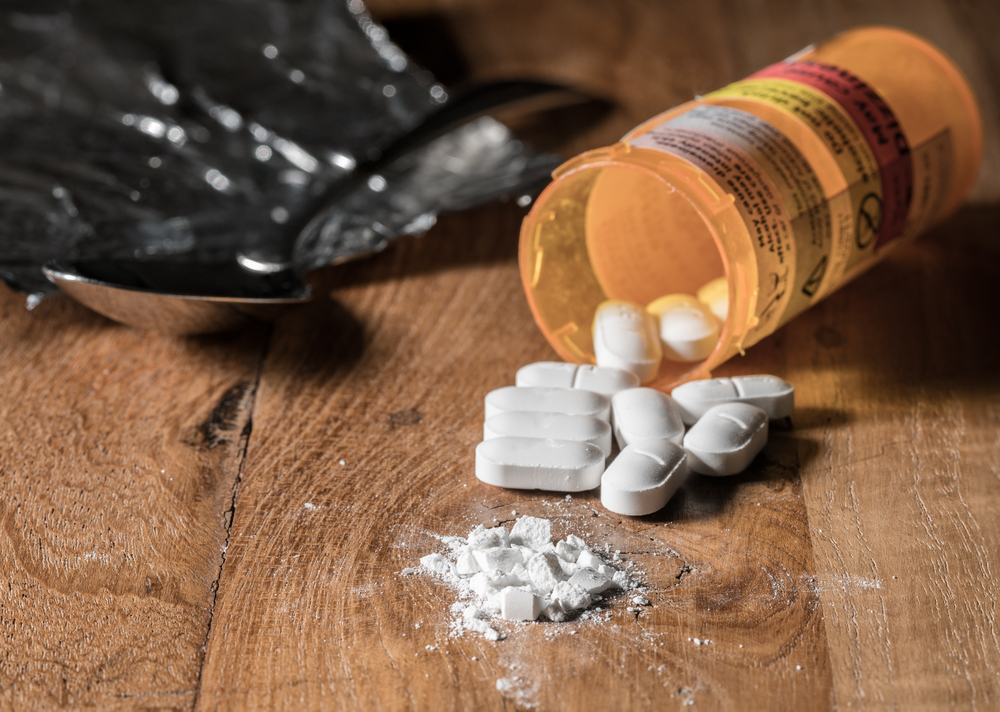Exercise (in any form) can improve hopes of drug recovery
Aerobic workouts, strength training does wonders for everybody
We’ll start you off with this tip – unlike a trip to the gym to target a specific group of muscles, there are no specific exercises that will bolster recovery from an addiction.
Now, the good news: There doesn’t need to be a specific set of exercises.
Any form of dedicated exercise will help your body become more receptive to efforts at recovery. How’s that for some encouraging news?
The truth is, anything from walking and basic calisthenics right up to weightlifting and preparing for a triathlon will keep you in line.
Even 30 minutes of moderate daily exercise helps
First, you can choose an exercise or activity that fits with your interests and time restrictions. That means if you want to take up walking, go for it. It has been shown that regular walks of 30 minutes or more can be effective. The Mayo Clinic recommends at least 30 minutes of moderate daily aerobic activity (or 75 minutes of weekly strenuous aerobic activity). Of course, if you want to try running, that will work well, too.
As with taking on any new form of exercise, especially one that is of a strenuous nature, you might want to speak to your primary care physician first to make sure you can handle it.
Other activities such as swimming, basketball, tennis, volleyball and wallyball and baseball or softball are all effective forms of exercise.
There’s also a practical reason for embarking on a fitness regimen during recovery.
Structure your daily routine with exercise
By taking charge of your personal, day-to-day schedule, it’s important to build in the time for positive activities as exercise. With any fitness plan, the ability to succeed increases incrementally with having scheduled activity.
Scheduling your exercise regimen can have benefits, whether it is in making time for it or being able to work out your body in various forms.
Here are a few examples.
If you decide a 2-mile walk is ideal for you, pick a time that works. Whether it’s 7 a.m. or 7 p.m., you’ll find that the rest of your daily schedule quickly adjusts for it and you will be much less likely to push exercise aside for something else that comes up through the course of the day.
Or, suppose you want to hit the gym several times a week. It’s great if you do it the right way. Try to alternate days where you do certain types of activities. Pick Monday, Wednesday and Friday for working on weights, for instance, with Tuesday and Thursday being your time with cardio work (such as treadmill, stair climber or stationary bike). You’ll give various muscle groups time to recover, plus you won’t get worn out from too much repetition and lose your desire to work out.
There is no shortage of activities from which to choose: Yoga, cardio drumming, spinning classes, recreational spots are all good choices.
Track what days and times you work up a sweat; keep tabs on what exercises you like and don’t like.
You may also discover you’ll have more time to exercise than you thought was possible. Often, many drug abusers spend a surprising amount of time thinking about getting high, tracking down and using their drug of choice, then recovering from it.
How endorphins help the body feel better
Ever notice how you feel better after a workout? There’s a physiological reason for this.
Physical activity stimulates the pituitary gland to release endorphins. Not only will work to produce feelings of pleasure and satisfaction, it also can produce a feeling similar to that achieved from pain relievers (analgesics), including opioids. The full release of endorphins during drug abuse is masked by the substance, however. Exercise produces a natural release of endorphins.
So, it’s important to look at exercise as something much more than a way to lose weight. By dedicating time to exercise, you will feel better physically and even emotionally. As exercise is proven to reduce stress and combat depression, it creates a healthier overall outlook and decreases many of the negative stressors that have triggered a desire to get high in drug abusers.
Exercise has also been proven to improve a person’s outlook. Obviously, having a more positive outlook can diminish the desire to seek comfort in any forms of abuse. Exercise can also stimulate new nerve connections in the brain. This can help your brain heal from any possible damage caused by drug abuse.
When it comes to exercise and recovery, this is the bottom line: Don’t give up. The longer a person exercises, the more likely they are to stick with it over the long haul. Find what works for you and – literally – run with it.
To speak with one of our compassionate medical professionals, call All Opiates Detox at (800) 458-8130.


